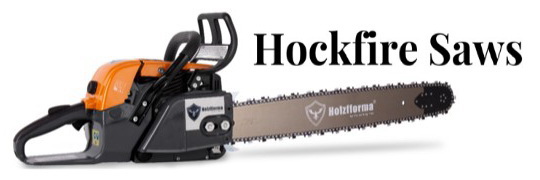JeffWischer
Well-Known OPE Member
- Local time
- 11:13 AM
- User ID
- 32428
- Joined
- Apr 6, 2025
- Messages
- 64
- Reaction score
- 171
- Location
- Lincolnshire, IL
Yes, yes, mostly... The factory cylinder looks about like that, without the pronounced bevel at the entrance. Long long ago, in a galaxy far far away (or so it seems), I thought that a little more bevel would help. In other words making the slope a little more gentle a little farther- maybe 1mm. Nope. The ring was so sharp that it bit into the cylinder no matter what. So yesterday I filed the entrance of the bore "down" to eliminate the enhanced factory bevel. And tried and tried and tried and gave up.
Before bedtime last night I arrived at the solution. It's just to tricky to hold the whole cylinder and carb square as the ring goes into the bore. Not for me. Matt Olson should be a heart or brain surgeon , not a dentist! Bet he's a great dentist though...
So this morning I brought in to my desk, and removed the piston. Head sits upside down on my desk nice and steady, and now only the piston can be kept square and gently tapped in, with full 360 degree view and ability to guide the ring in.
Only I lost track of the locator pin, and pushed in on the ring when I shouldn't have, where I shouldn't have, because the ring split was a few degrees off of the locator pin. And broke the second ring. But I'd have had it if not for that. All was going as planned. Then I'll lower the head/piston down on the connecting rod. Getting the piston back on the connecting rod has to be easier than what I was doing before. So another order to HL supply for rings...
Before bedtime last night I arrived at the solution. It's just to tricky to hold the whole cylinder and carb square as the ring goes into the bore. Not for me. Matt Olson should be a heart or brain surgeon , not a dentist! Bet he's a great dentist though...
So this morning I brought in to my desk, and removed the piston. Head sits upside down on my desk nice and steady, and now only the piston can be kept square and gently tapped in, with full 360 degree view and ability to guide the ring in.
Only I lost track of the locator pin, and pushed in on the ring when I shouldn't have, where I shouldn't have, because the ring split was a few degrees off of the locator pin. And broke the second ring. But I'd have had it if not for that. All was going as planned. Then I'll lower the head/piston down on the connecting rod. Getting the piston back on the connecting rod has to be easier than what I was doing before. So another order to HL supply for rings...






